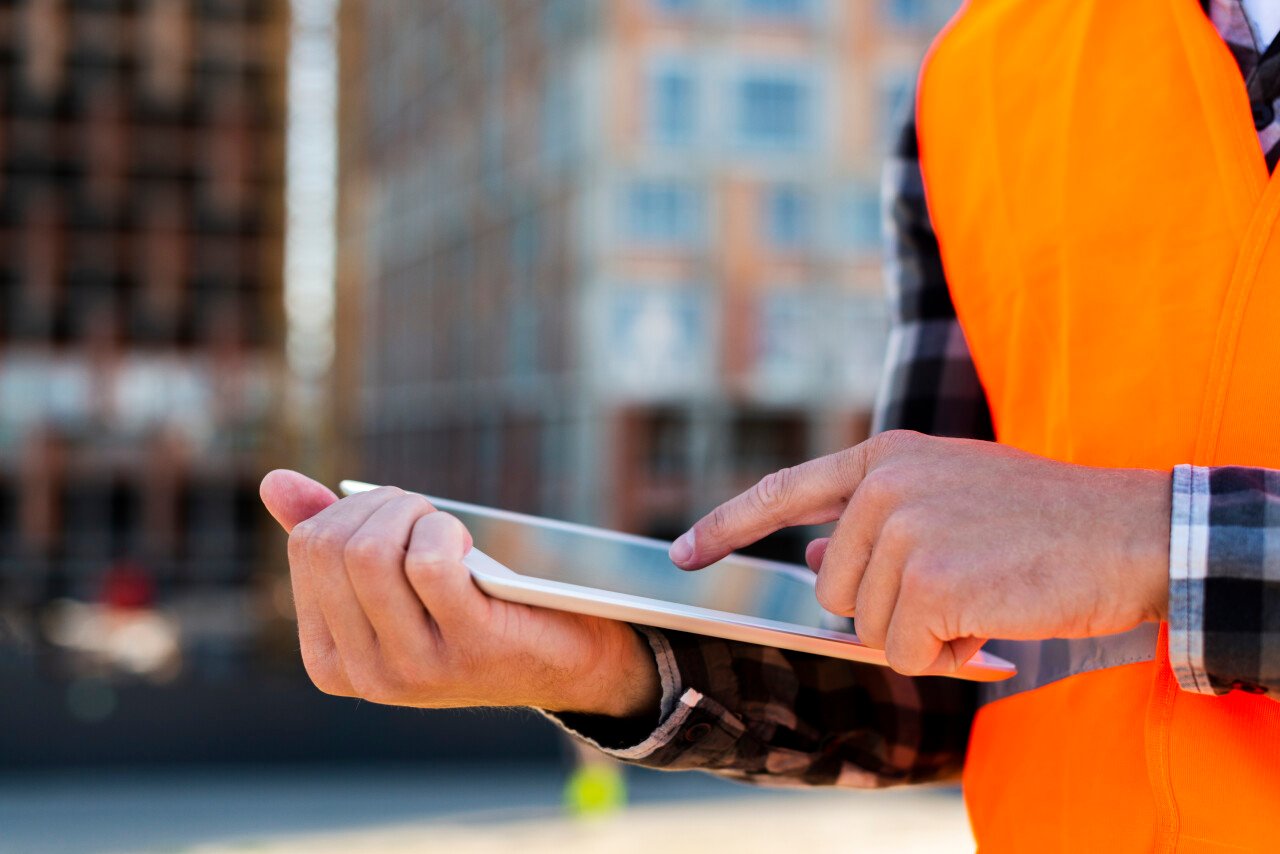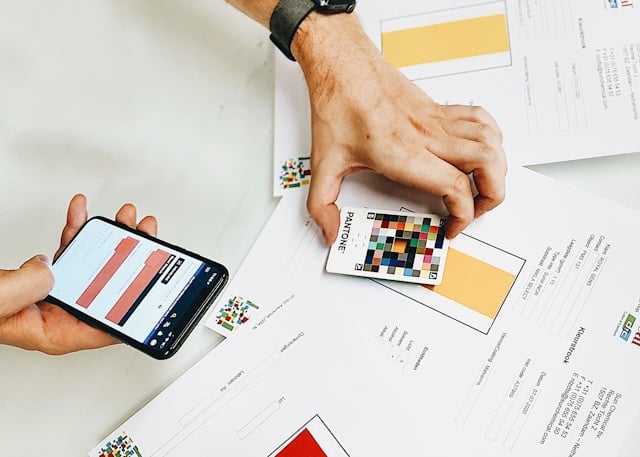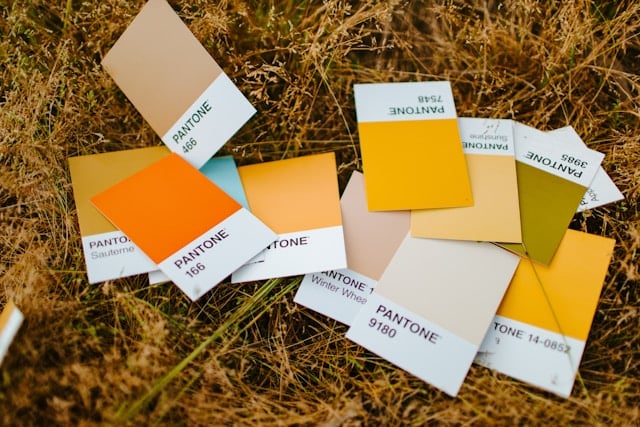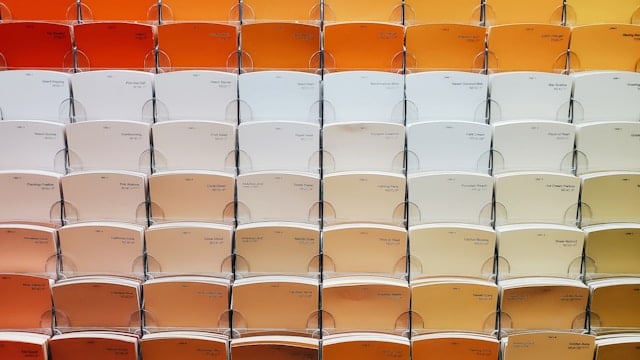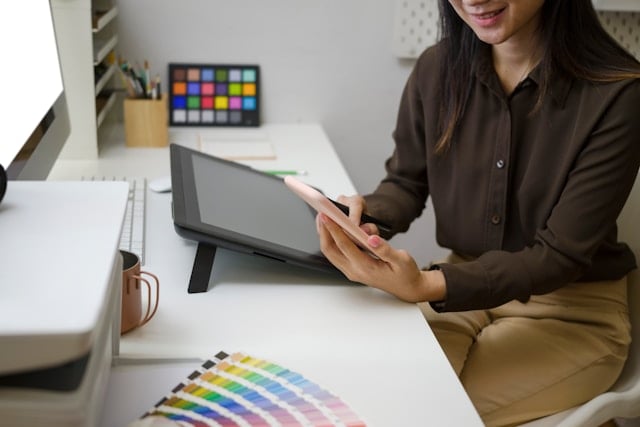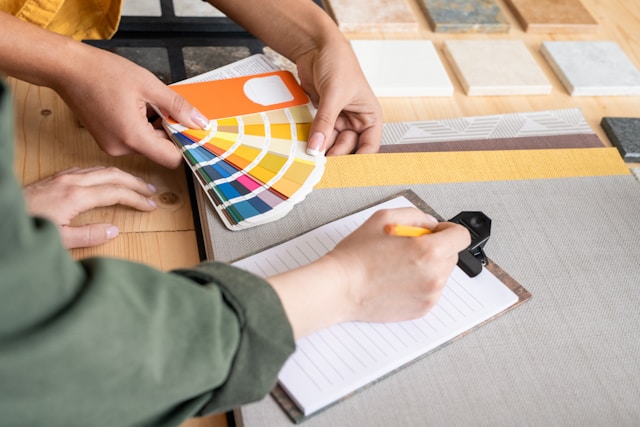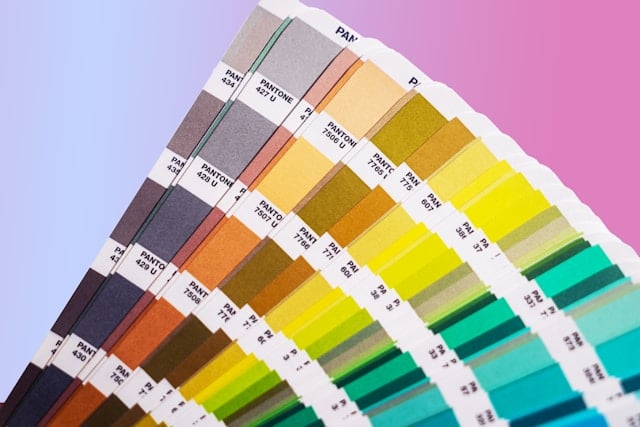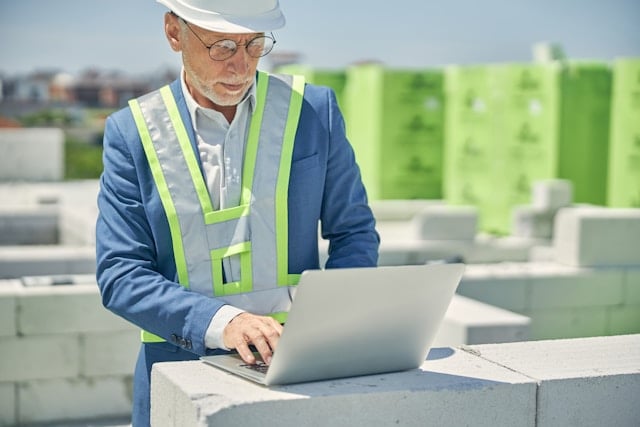Green Building Technologies and Their Role in Achieving Sustainable Construction Goals in the Gulf
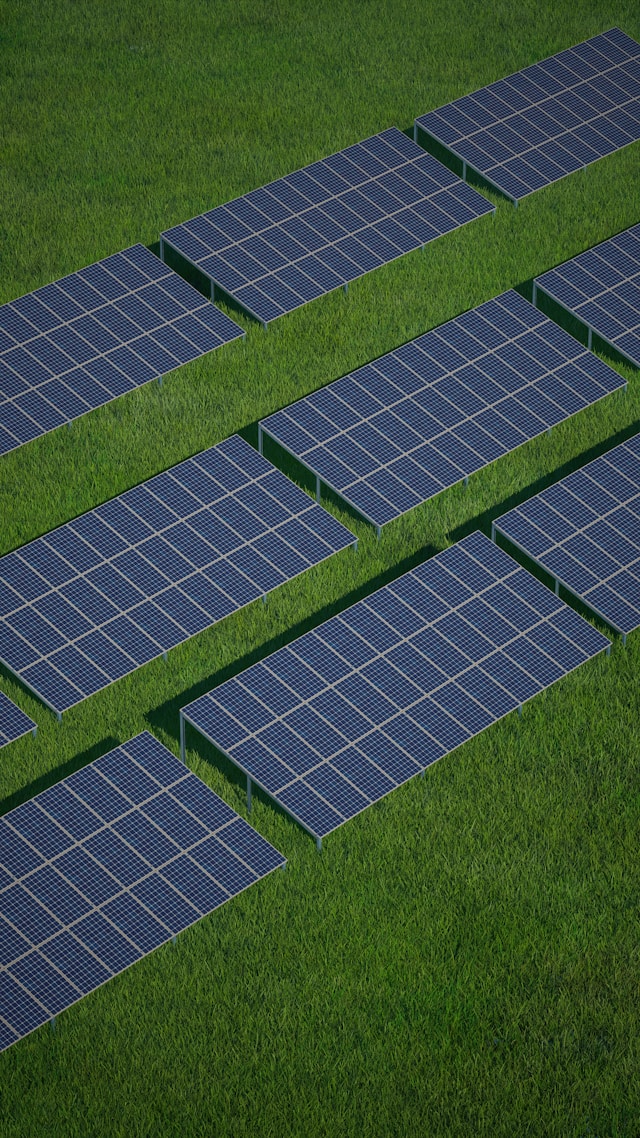
In the Gulf region, sustainability is no longer a buzzword—it’s a necessity. As cities like Dubai and Abu Dhabi aim to become global leaders in sustainable development, green building technologies are playing a crucial role in achieving these goals. From energy-efficient designs to innovative materials, these technologies are transforming how buildings are constructed, operated, and maintained in the Gulf, where environmental sustainability and energy efficiency are top priorities.
1. Energy-Efficient Building Systems
Green building technologies focus heavily on reducing energy consumption, particularly in the Gulf’s extreme climate. Energy-efficient HVAC systems, smart lighting solutions, and solar energy integration are helping buildings reduce their carbon footprint while cutting operational costs. These systems adjust in real time based on usage and environmental factors, ensuring optimal energy consumption throughout the day.
2. Solar Power Integration
With abundant sunlight, the Gulf region is a perfect candidate for solar energy solutions. Green buildings increasingly incorporate photovoltaic panels, solar water heating systems, and other solar technologies. This not only reduces reliance on non-renewable energy sources but also contributes to the region’s sustainability goals. For example, Dubai’s Sustainable City is a model development, generating clean energy while minimizing waste and emissions.
3. Water Conservation Technologies
Water scarcity is a significant concern in the Gulf, making water conservation a critical component of green building technologies. Solutions such as greywater recycling systems, low-flow fixtures, and rainwater harvesting technologies are being adopted to minimize water usage. In large-scale developments, these technologies ensure that water resources are used efficiently without compromising the quality of life for residents and workers.
4. Sustainable Building Materials
The use of sustainable building materials, such as recycled steel, green concrete, and eco-friendly insulation, is gaining momentum in the Gulf. These materials are chosen not only for their durability but also for their reduced environmental impact. Green concrete, for instance, uses less water and energy in its production, making it an ideal choice for environmentally conscious construction projects in the region.
5. Smart Building Automation
Smart automation systems allow buildings to monitor and control energy use, temperature, lighting, and even security measures more efficiently. In the Gulf, where temperatures can soar, smart thermostats and building management systems (BMS) help ensure energy is not wasted on cooling empty spaces. Automated systems can also be programmed to reduce energy consumption during peak hours, further enhancing the sustainability of these projects.
6. LEED and Estidama Certifications
LEED (Leadership in Energy and Environmental Design) and Estidama (Pearl Rating System in Abu Dhabi) certifications are increasingly sought after in the Gulf construction industry. These certifications ensure that buildings meet rigorous sustainability standards in areas such as energy use, water efficiency, and resource management. Achieving these certifications is a testament to a building’s commitment to green practices and long-term environmental stewardship.
Green building technologies are at the heart of the Gulf region’s push for sustainability. By integrating energy-efficient systems, water conservation technologies, and sustainable materials, the construction industry is driving the region toward its ambitious environmental goals. As developers look to create buildings that are not only functional but also environmentally responsible, platforms like MawadOnline are essential for sourcing the materials and solutions needed to bring these projects to life.

